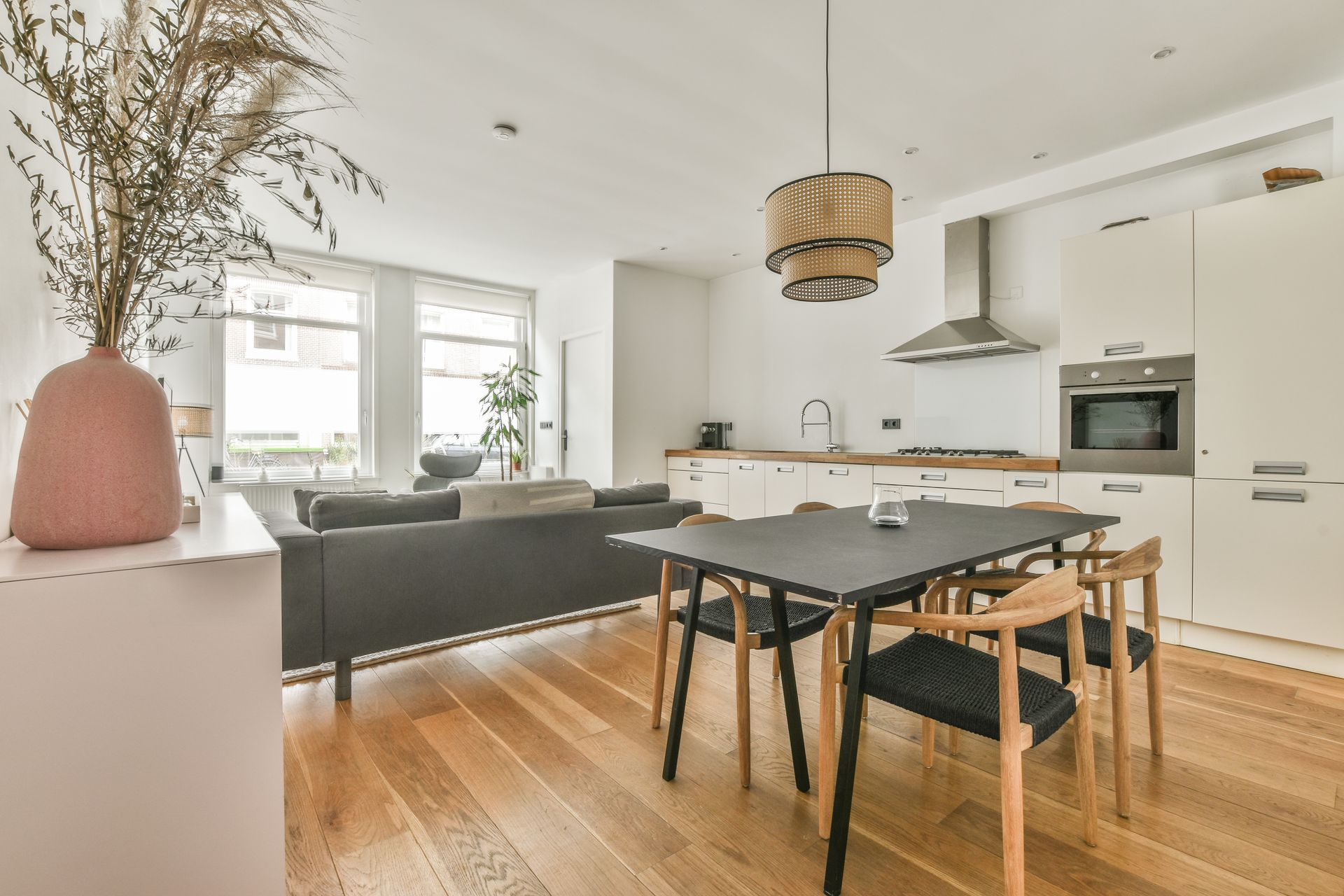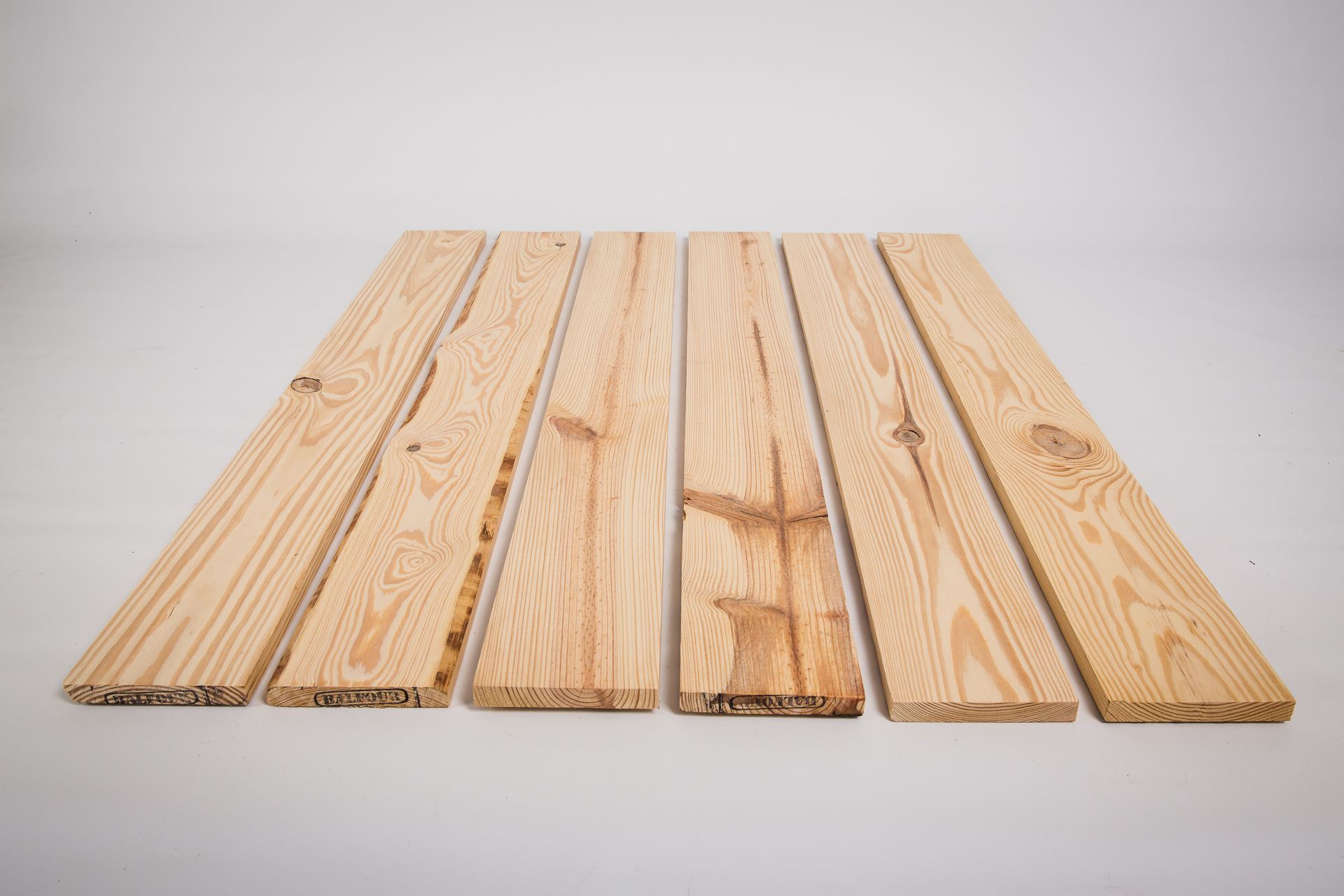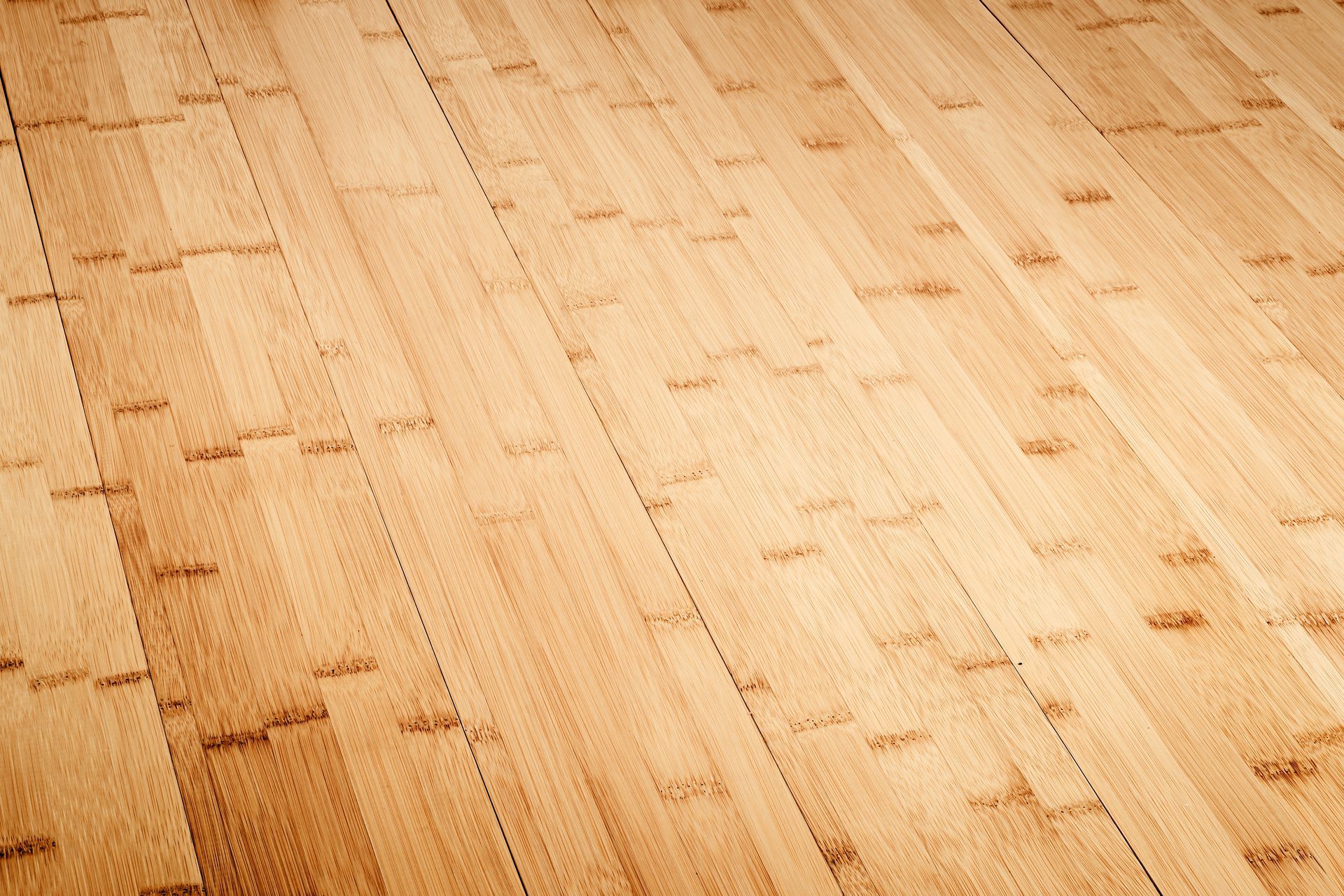47 Princes Hwy, Albion Park Rail, NSW 2527
The Ultimate Guide to the Types of Timber Flooring

For several household owners, timber flooring is one of the best and most luxurious kind of flooring to have in their homes. It not only provides warmth, comfort, style, and elegance but it is also proven to be a durable investment that can last for many years. However, while it is easy to invest in flooring that looks good and aesthetically pleasing, it can be challenging to decide which one will be the best for your home.
In this blog, we will discuss the different types of timber floors available together with their properties. We will also tackle the common timber finishes used in these flooring types as well as the difference between timber flooring and laminate flooring.
If you are a homeowner looking to start a timber flooring project in Wollongong for your home, read this blog to learn more.
What are timber flooring?
As its name implies, timber flooring is primarily made of wood, preferably Australian hardwood species. Among this array of Australian hardwood trees are European oak, Tasmanian oak, mahogany, teak, walnut, ash, birch and maple.
Due to the durable nature of Australian hardwood, ease of cleaning, and timeless beauty, it is one of the most popular and preferred flooring options of several homeowners. This type of hardwood is recognised as one of the toughest wood in the world which can last up to 50-70 years or more.
What are the three main types of timber floors?
What are the three main types of timber floors?
1. Solid Timber Floors
Solid timber is a type of timber flooring that is made from solid wood. Generally speaking, most solid timber flooring or solid hardwood species are more flexible and durable than softwoods, making them a top choice for anyone looking for exceptional longevity.
What's more, they also have the ability to withstand multiple rounds of sanding and polishing. Whatever style you want, you can install solid timber floors in different patterns such as parquet, herringbone, plank, and others.

In terms of aesthetics, solid timber floors are also timeless. No matter what style or design you choose, they will always look great in your home. However, since they are made from organic material, they can be sensitive to moisture and changing temperatures. Depending on the humidity levels, some solid timber floors may shrink and expand. They may also be prone to dents and scratches, which can be more noticeable in dark timber flooring options.
2. Engineered Timber Flooring
Engineered timber flooring is made from multiple layers of thin wood that are glued together to create a strong and stable timber flooring option. Compared to hardwood timber flooring, engineered timber floors are resistant to moisture, which is why they are often confused with laminate flooring. Having this inherent quality, they offer exceptional stability, making them the perfect option to use in areas where humidity levels are high.

In terms of availability, engineered timber floors also come in a wide range of wood species that can typically be refinished in different patterns and sanded several times depending on the thickness of the solid timber veneer.
On top of that, engineered timber flooring offers an added advantage of affordability as they are generally priced lower than solid timber flooring. Due to this, it has become a favoured option for budget-conscious homeowners. However, engineered timber flooring might not be able to equally provide the richness and warmth found in solid timber flooring. Typically, the solid timber used in engineered flooring is relatively thinner, potentially leading to reduced durability over time.
3. Bamboo Flooring
Among other types of timber floors, bamboo floors are the most sustainable flooring option. As we know, the main component of bamboo flooring is bamboo grass, a renewable resource that grows faster than hardwood. Given this fact, bamboo flooring is seen as an eco-friendly option that offers many benefits.
Not only is bamboo flooring durable but it also has an outstanding, smooth texture that offers a high-end look to any living space. However, due to its natural ability to absorb water easily, bamboo floors can eventually be susceptible to warping and staining when exposed to high humidity levels.

Bamboo flooring typically has two types: horizontal flooring and vertical flooring. Horizontal has a wider, noticeable grain, while vertical has a narrower grain that is more subtle. For an added variety, they can also undergo heat treatment so they can be carbonised with a darker shade.
What are the different types of timber floor finishes?
There are various types of timber floor finishes available, each offering different benefits and aesthetics. Here are some common types:
Water-based Polyurethane
Water-based polyurethane is the most popular type of timber flooring finish that features thick, durable layers that are highly resistant to scratches. With polyurethane as its main component, this type of finish is one of the most eco-friendly options as they only produce minimal amounts of toxic chemicals, unlike other flooring finishes. Above anything else, this clear water-based finish is available in different shine, ranging from matte to glossy, for your desired aesthetic.
Oil-based polyurethane
Unlike water-based finishes, oil-based finishes use mineral solvents to bind the polyurethane solids. This helps create a more durable and highly resistant solution that could last for many years. Not only does oil-based polyurethane come in various shine and sheen, but it also has a deeper coloured stain. However, their oil-based composition can secrete strong odours.
Moisture-cured Polyurethane
Moisture-cured Polyurethane consists of a solvent-based solution that is formulated to harden when exposed to water vapor, or moisture. Featuring qualities from both oil and water-based polyurethane, this type of floor finish offers high durability and resistance to water.
Hard wax
Wax is a natural product that has been used for several years now as a finish for wood floors. Among other types of timber finish, wax is the only one that can give your floor a natural shine without added chemicals and toxins. Wax typically comprises beeswax, carnauba, linseed, paraffin, and sometimes other plant extracts, that are mainly all-natural and safe components. At times, they are also mixed with other components for enhancement of additional properties. Generally, wax finishes offer sleek wood surfaces with a special layer to protect your flooring against superficial scratches.
Shellac
Similar to wax, shellac is a well-established wood finish that is composed of natural elements. Derived from the resin secreted by lac bugs, shellac imparts a shiny, warm-toned stain that forms a protective glaze on various surfaces. Ultimately, it is known for its quick-drying properties that make it well-suited for layering. Regardless of how many coats you apply, it offers limited defence against everyday wear and tear. The thin layers act as a superficial shield, safeguarding your timber floor against minor scratches and scuffs.
Varnish
Varnish is produced by mixing different resins like acrylic and natural pine resin. In some cases, shellac and polyurethane are also occasionally used. These combinations result in a diverse set of properties for varnishes where they typically offer resistance to water, UV rays, and abrasion. Coming with various resin blends, varnish comes in clear and tinted options. In addition, they also provide thicker coatings, adding extra protection layers to the flooring surfaces.
What is the difference between Timber Floors and Laminate Floors?
Timber flooring and laminate flooring are two different flooring materials that have their distinct characteristics in terms of material, appearance, durability, installation, and refinishing.
Material
Timber flooring is made from real hardwood while laminate flooring, on the other hand, is a synthetic product made from multiple layers of compressed fiberboard that mimics the appearance of natural hardwood.
Appearance
Timber flooring showcases the natural beauty and unique grain patterns of real wood, providing a warm and authentic look, when it comes to colour and texture. On the other hand, laminate flooring is designed to recreate the appearance of wood using a printed image layer. But while it can resemble the look of timber, it may not have the same depth and authenticity as real wood.
Durability
Timber flooring is generally more durable and long-lasting compared to laminate flooring. With proper care and maintenance, timber floors can withstand heavy foot traffic, wear, and tear for many years. On the other hand, while laminate flooring can also be durable, it is more susceptible to scratches, dents, and moisture damage.
Refinishing
Timber flooring can be sanded and refinished multiple times to restore its original appearance, making it a flexible option for those who want to change their floor's finish over time. Laminate flooring, however, cannot be refinished, as the top layer cannot be sanded down.
Installation and Cost
Compared to other timber flooring types, laminate floors are generally more affordable and easier to install. What's more, they also come in a range of shades from light to dark, offering you the perfect option to match your home’s existing décor.
What is the best timber flooring option?
The best type of timber flooring option depends on your individual needs and the type of environment it will be placed in. Solid timber flooring is a popular choice for homes because of its durability. However, it may not be suitable in areas where there is high humidity. On the other hand, engineered timber flooring is a good alternative to use for such environments as it has more moisture resistance than solid hardwood and can handle fluctuating temperatures and humidity levels. However, keep in mind that it can be more expensive than solid wood.
Takeaway
Solid timber floors, engineered timber floors, and bamboo flooring are the three main types of timber floors available for homeowners. When choosing the type of timber flooring to install, it is important to consider various factors such as thickness, width, installation method, finish choices, and maintenance needs to determine which type would best fit your needs.
Whatever option you choose, you should ensure that it aligns with your preferences and needs, and most importantly, it is installed and maintained by skilled experts. At Sawmill Trading Company, we offer the best supply and installation services for timber flooring options in Wollongong. With our extensive experience and knowledge in the timber flooring industry, we will help you select the best option that complements your space. Get in touch with us today to discuss how we can turn your vision of stunning timber floors into a reality.
-
READ MORE
We sincerely hope you enjoy reading this blog post!
If you have a question about our timber products and services, we are here to help. Please don’t hesitate to send us a message or give us a call.
We sincerely hope you enjoy reading this blog post!
If you have a question about our timber products and services, we are here to help. Please don’t hesitate to send us a message or give us a call.
Address
47 Princes Hwy,
Albion Park Rail, NSW 2527
Opening hours
- Mon - Fri
- -
- Sat - Sun
- Closed








